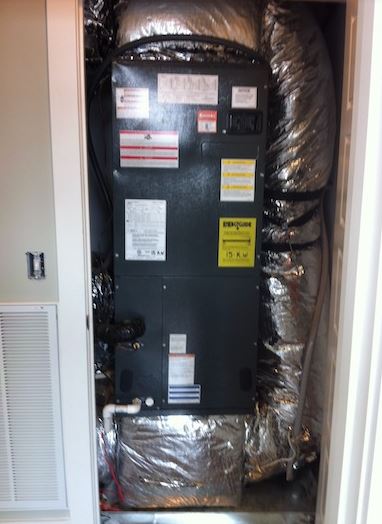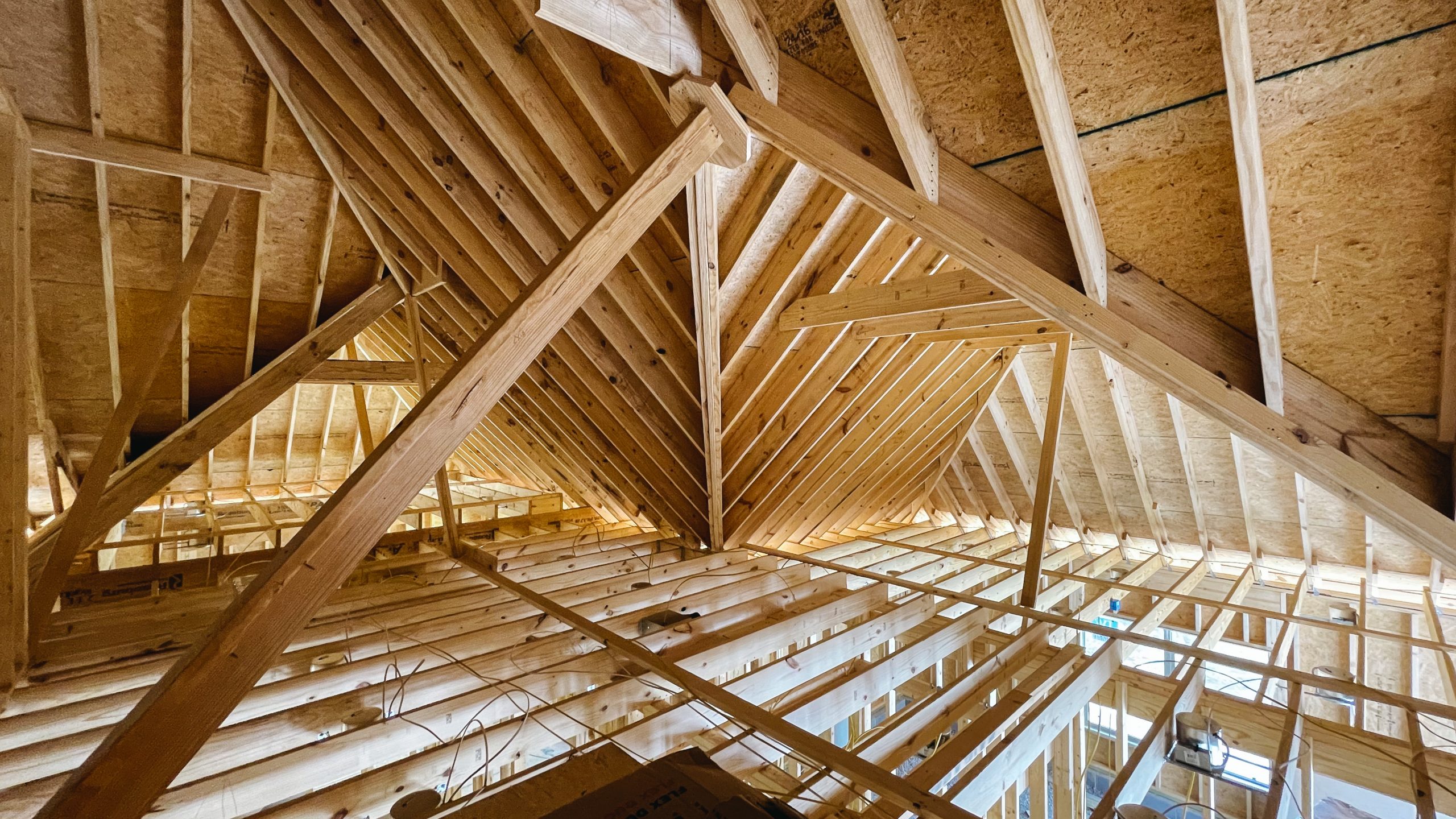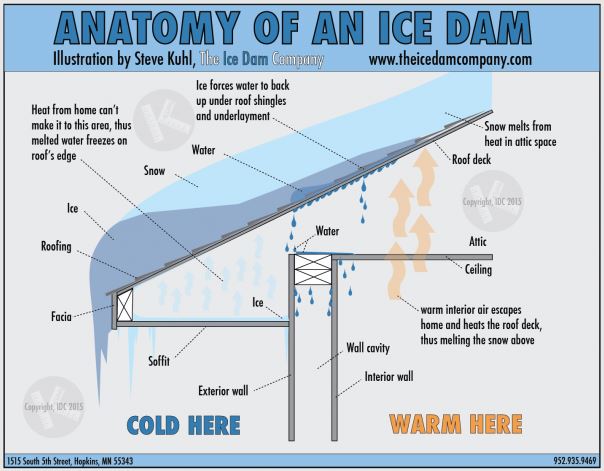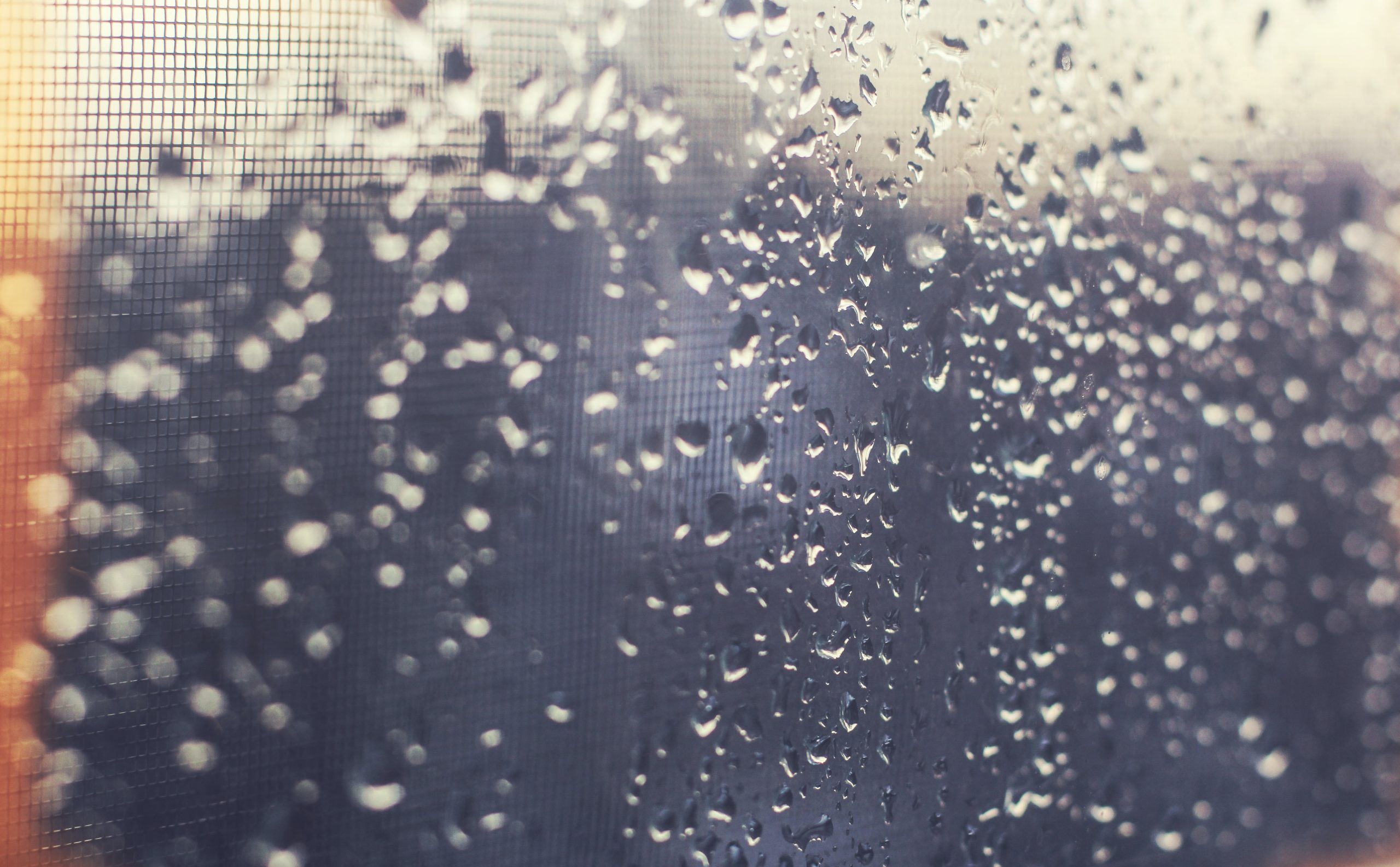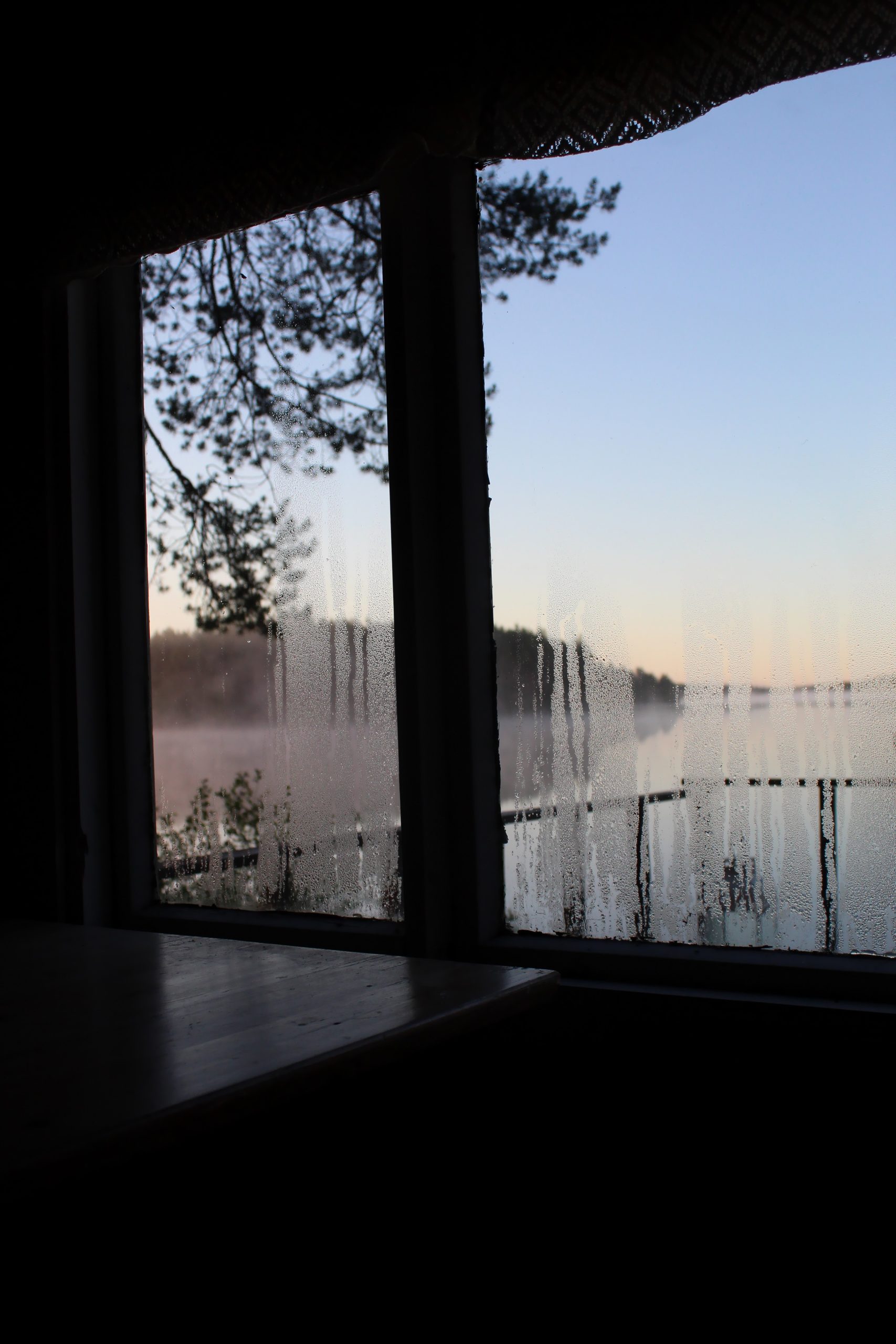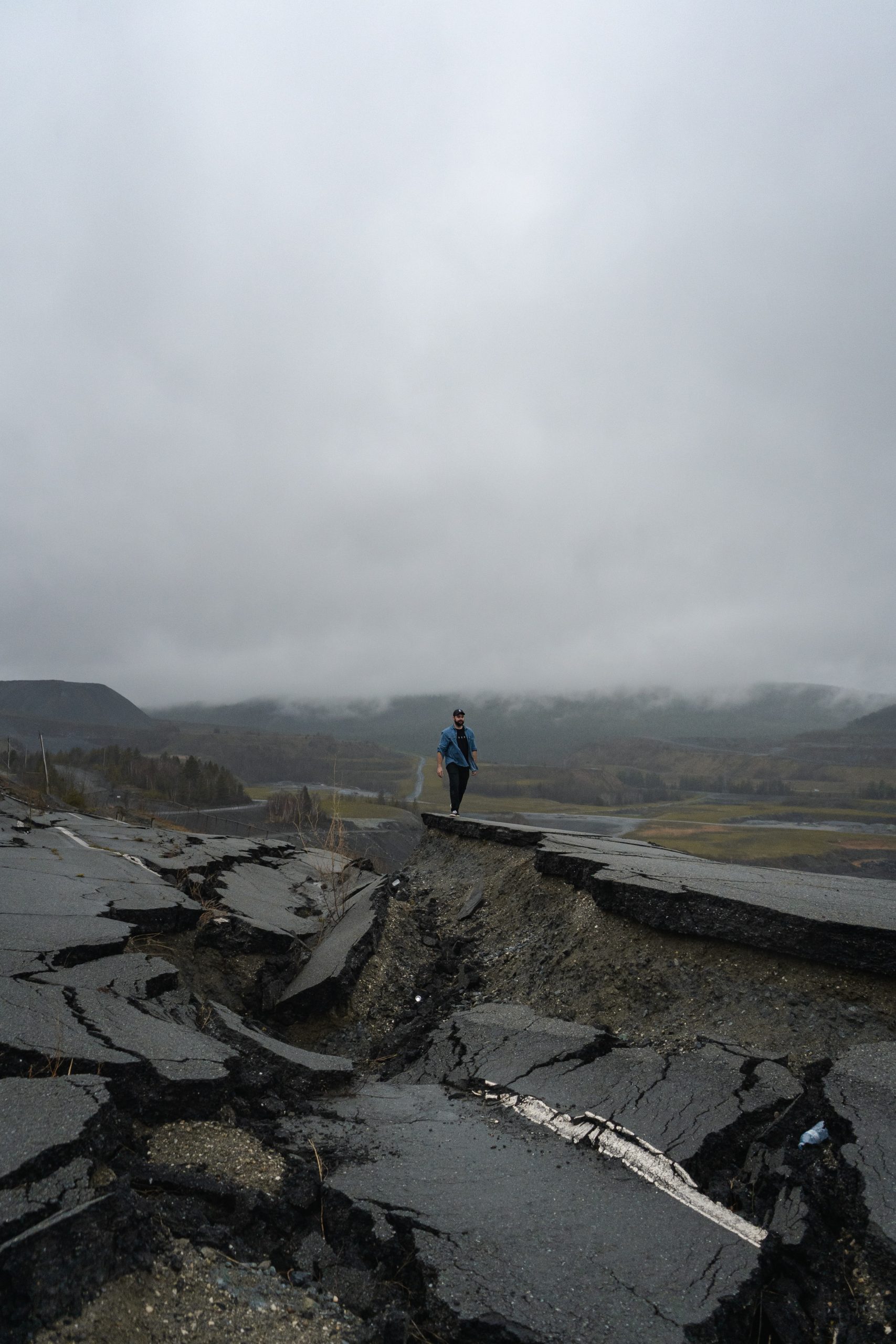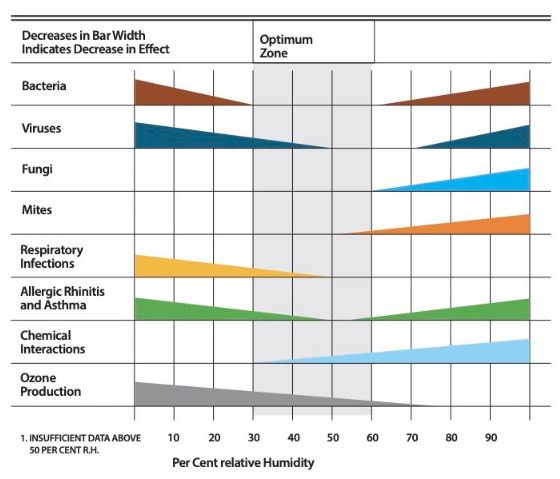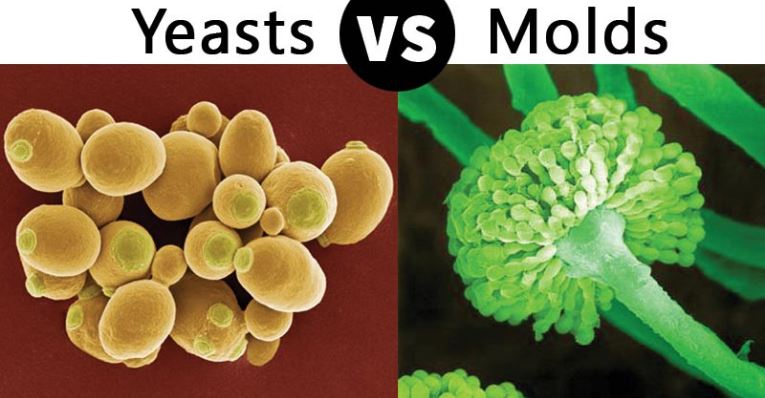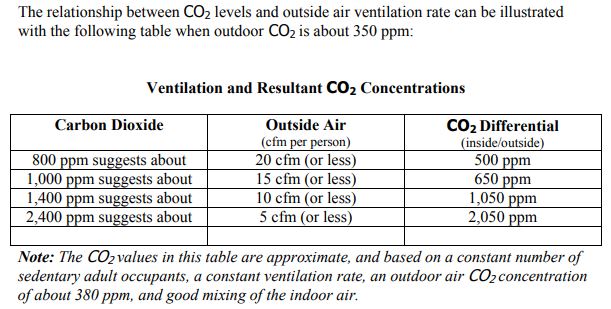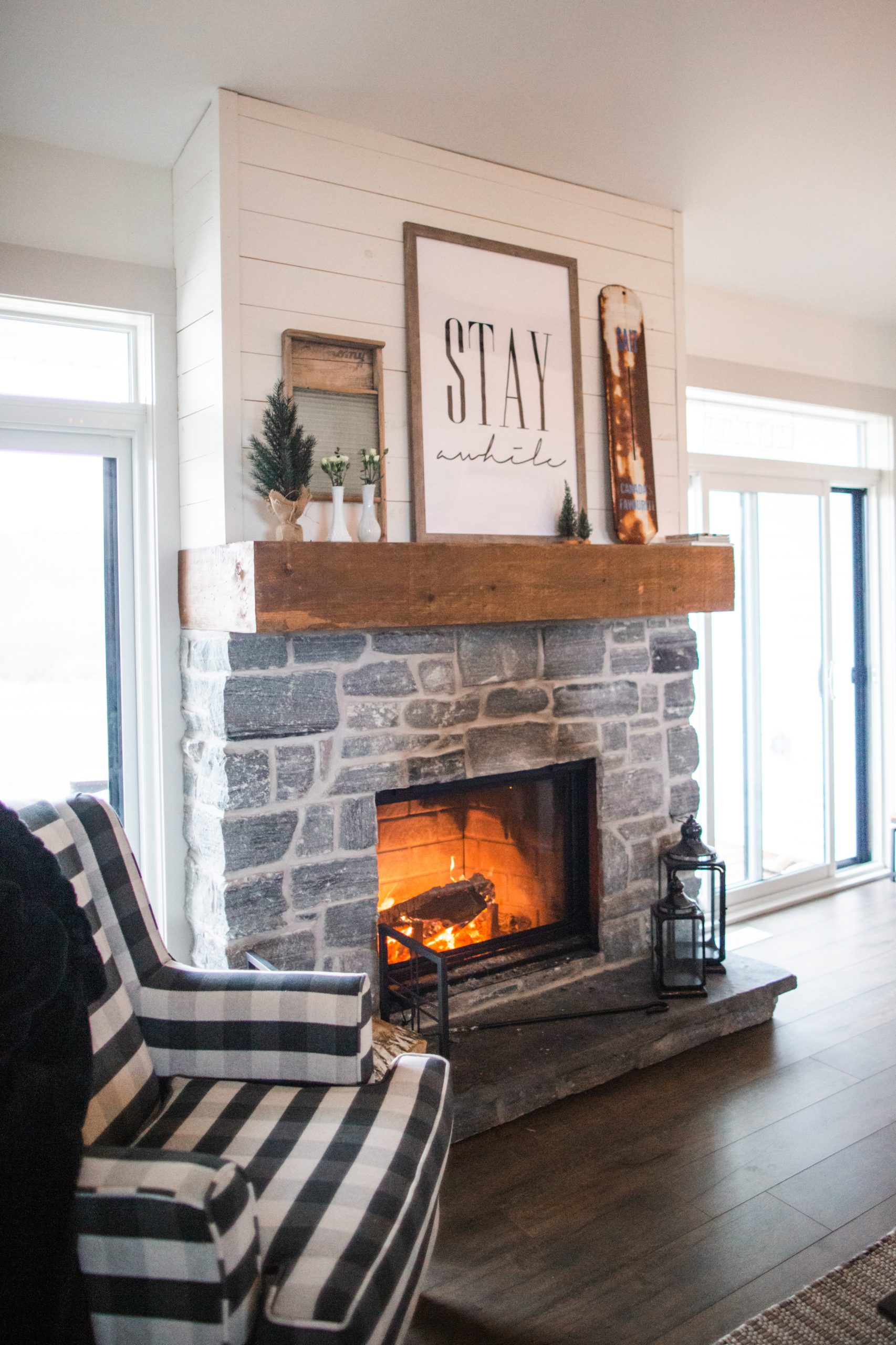Q: Do Air Handlers Belong in the Attic?
Q: Do Air Handlers Belong in the Attic?
A: It depends!
(Don’t you love that answer?!) Every one’s home is different, as well as where their home is built (climate), so there aren’t hard and fast rules, but we can surely show you the pros and cons of putting your air handler in the attic.
First of all, an air handler is part of a split system central AC unit. In these systems, there are two distinct parts: one contains the condenser that changes the refrigerant from a gas to a liquid to release the heat from inside the house (the condenser is usually located outside), and a second part that contains the evaporator (which absorbs heat from the house air) and a blower to move air through ductwork to different rooms. This second part is called the air handler and because it’s not super quiet and can take up a good amount of space, many people install their air handler in the attic.
The attic may or may not be a good location for your air handler. Here’s how to know: is your attic conditioned, or unconditioned? Conditioned attics are considered part of the building envelope and they are insulated. Conditioned attics don’t have to be “finished” per se with drywall and nice flooring, but they do need to be air-sealed from the outdoors. Air handlers CAN belong in conditioned attics.
Unconditioned attics (also called vented attics) are exposed to exterior temperatures through ridge vents, gable vents, soffit vents or powered vents. There is no “air conditioning” so humidity, dust, insects and extremely high or low temperatures are all present in an unconditioned attic. Air handlers DO NOT belong in unconditioned attics. Why?
- For one, the air handler is responsible for moving the air you breathe, and even a small leak in it or the ductwork will pull humid, dusty, unconditioned air from the attic into your home.
- Extreme temperatures cause your air handler to work less efficiently, which translates to higher heater and cooling costs.
- The air handler is an expensive piece of equipment that can cost thousands of dollars; to minimize breakdowns and maximize its life, it’s best to place it in a clean, moderated environment!
- Accessing and crawling around a dirty, dusty attic makes routine maintenance or needed repair work more difficult.
- If the condensate drain plugs up and overflows the pan under the unit, guess where that water will go? Onto and through your ceiling!
“Conditioned space” in your home costs money, because it is part of the square footage that realtors count when valuing your home. For this reason, homeowners and many builders prefer to stick the air handler “out of sight and out of mind” in the attic or worse, in an unconditioned crawl space. Now that you know better, if you have the opportunity, give your air handler an “upgraded” installation spot in your home. Here are some tips for finding that spot:
- The air handler should be centrally located in the home in order to minimize ductwork run lengths to all rooms.
- Closets are better than the attic, but without enough room to do maintenance on your unit, small closets are not ideal. Without room to walk or reach around the unit, HVAC technicians will have a hard time making good sealed connections with ductwork, and if anything needs repair, it takes longer to do it, possibly requiring removal of the whole unit.
It’s tough to understand how this air handler and ductwork were installed in such a small space. (Source: energyvanguard.com)
- A large utility space is ideal. You will not want carpet or hardwood below the unit, so that any water leaks can be cleaned up easily. Good lighting also makes it easier for you to check on the unit from time to time, and to change any filters.
When replacing your air conditioning unit, we hope you will give serious thought on where to locate the new air handler. Giving it preferential space inside your home will give you quality air for years to come. It’s important, however, to make sure that:
- This room or large closet has its own air supply and return, because when air gets sealed behind closed doors (and you will want to close the door to isolate the unit acoustically), mold can develop. This can be accomplished by placing a grille in the return of the air handler, and placing a supply grill in the wall or through the ceiling with a “jump duct”. This article from renowned building scientist Joe Lstiburek shows the flaws of different locations and how to overcome ventilation issues.
- Locating an air handler next to a gas appliance such as a gas hot water heater can be problematic, unless it is a “sealed combustion” unit. The air handler will cause the room to be under slight negative pressure while the fan is on, which can affect combustion and venting of the water heater.
- If your furnace is a gas furnace, you’ll need to make sure it also gets adequate combustion air.
If you can’t bring it inside your building envelope, you may consider a unit that doesn’t require big air handlers–namely, mini-split units. One external compressor/condenser can supply several indoor units (evaporators), which are typically hung on the wall, with only small refrigerant and drain lines running between the inside and outside. Where there’s a will, there’s usually a way!

